Pick Up After Your Dog
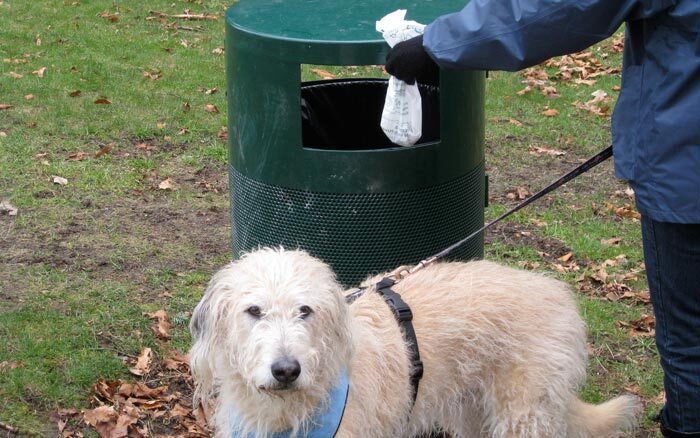
Pet owners should pick up and dispose of pet waste, so it will not wash into our waterways, and we can swim and fish safely.
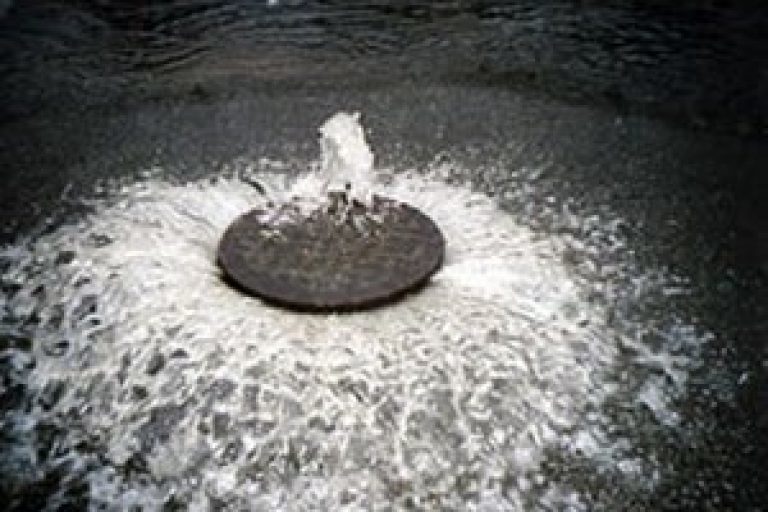
Disease-causing microorganisms, including bacteria, viruses, and other single-celled organisms, are referred to as pathogens. While the vast majority of bacteria are harmless or beneficial, some, like Salmonella, cause human health problems. Commonly used bacterial indicators of water pollution like Escherichia coli and Enterobacter, normally associated with fecal waste, are used to assess pathogen levels in waters introduced through sanitary sewer overflows, faulty septic systems, or poorly managed livestock operations. (From Mobile Bay National Estuary Program's CCMP)
Sources: Pet Waste, Improperly Managed Livestock, Sewer Overflow, Malfunctioning Septic Tank

Pet owners should pick up and dispose of pet waste, so it will not wash into our waterways, and we can swim and fish safely.
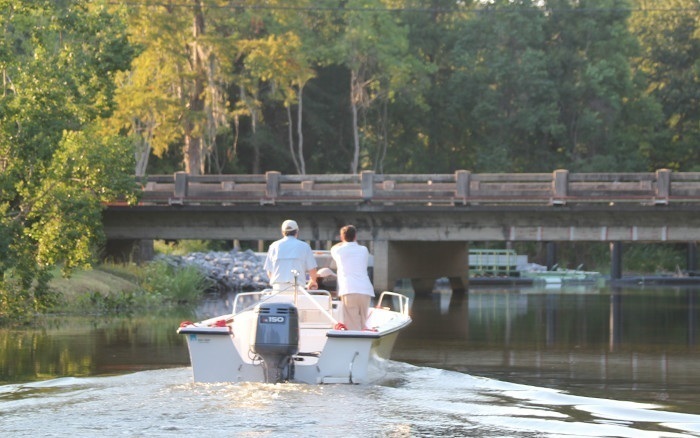
Getting out on the water is not only fun and great exercise, the more you use the water, the more likely it is you'll think about protecting it. So go ahead, go for a swim, get your fishing pole, take a boat for a ride, or attend a water festival near you.
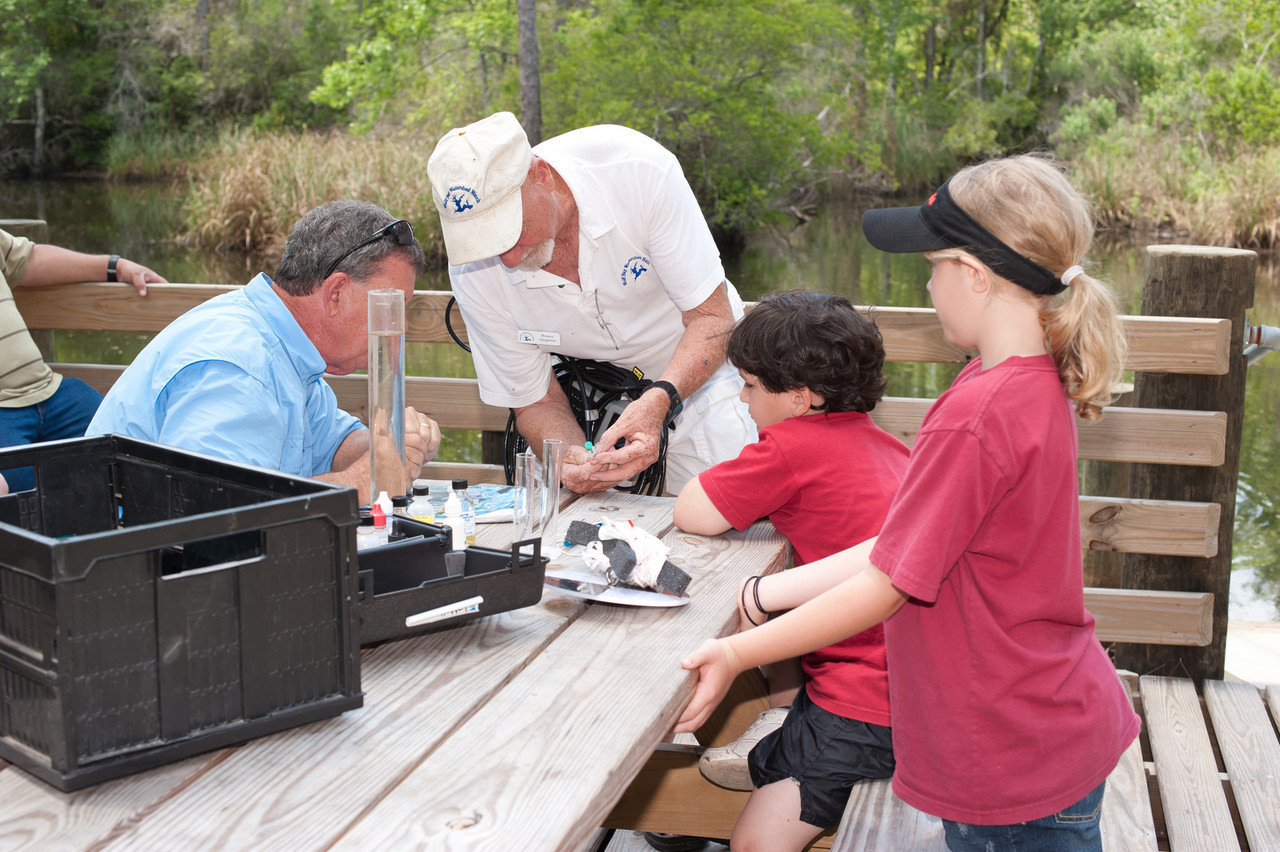
Completing water quality monitoring training and adopting a site to regularly test, is a great way to help the community identify problems before they get out of control.
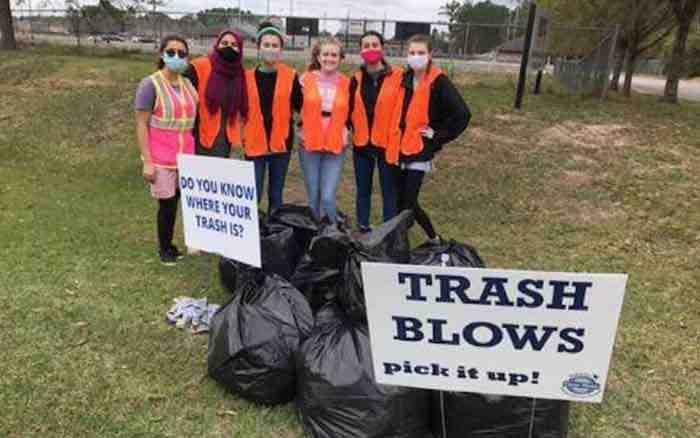
Volunteer, place-based grassroots groups are committed to creating a clean water future for their communities. Through water quality monitoring, education and outreach, and assessment.
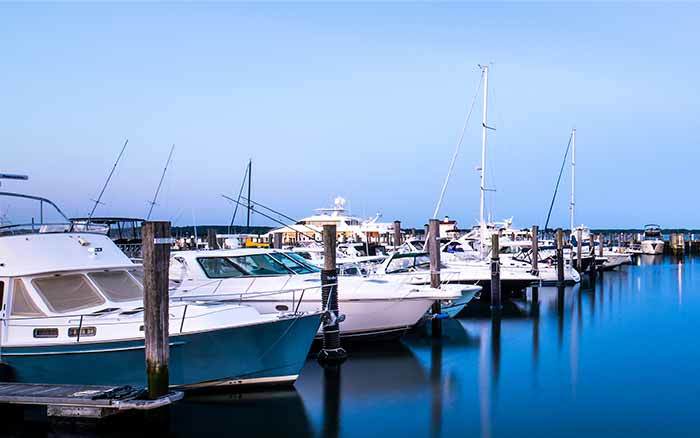
The discharge of raw and inadequately treated sewage from boats can negatively impact human health and the environment. As such, it is especially important to limit or prevent sewage discharges in popular fishing and swimming areas or sensitive wildlife areas.
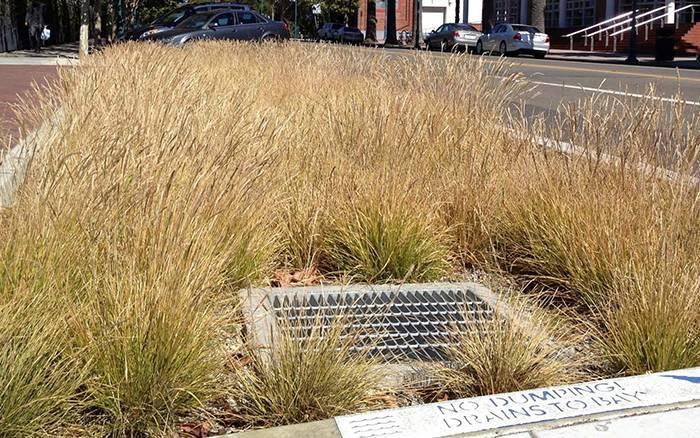
Low Impact Development (LID) techniques imitate natural processes to help rainfall absorb into the ground instead of becoming stomwater runoff requiring culverts, pipes, and basins

Create a Clean Water Future has several engaging speakers who would be willing to come to your entire school, class, or club.
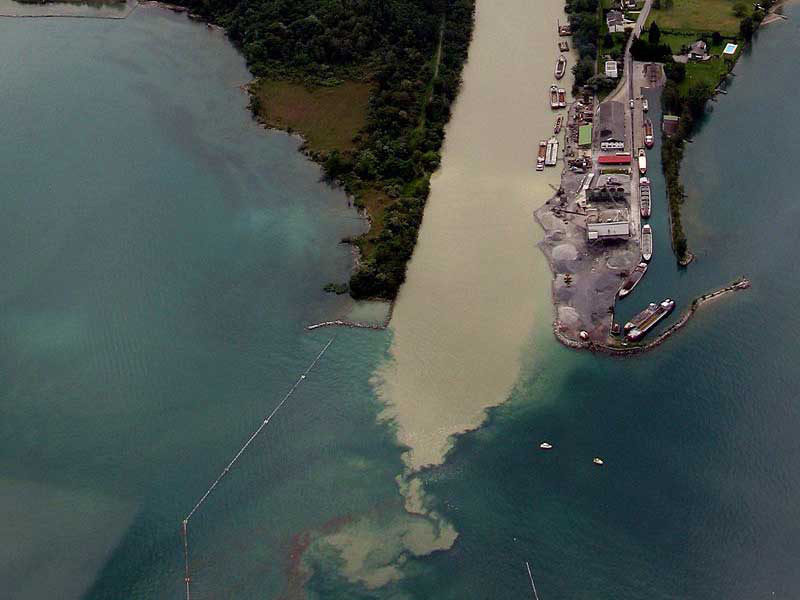
When water rushes off hardened surfaces, erosion of sediments degrade water conditions and smother and disrupt seagrass growth and the habitat for benthic organisms they provide.
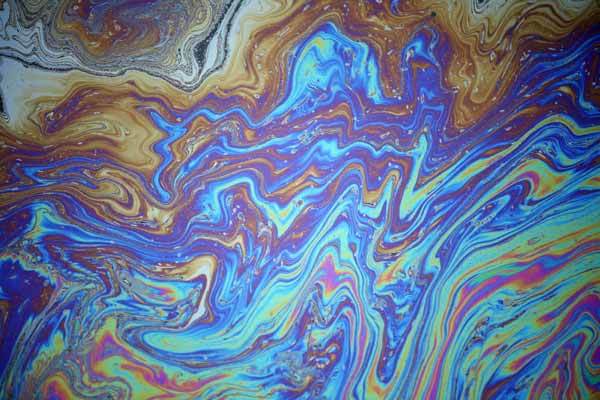
Compounds like oil, grease, and heavy metals take a long time to break down and threaten the health of both aquatic and human life.
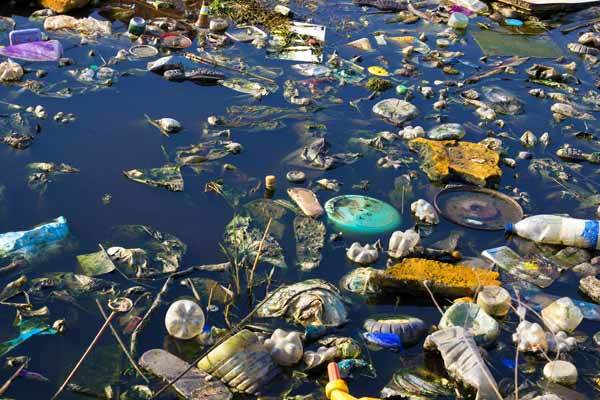
Litter is not only unsightly, but it also causes a variety of problems to the ecosystem as it enters our waters where it is often is mistaken for food by fish and invertebrates.
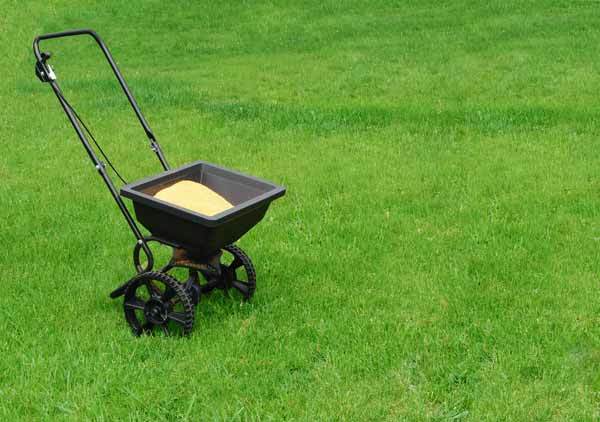
Too much fertilizer, pet waste, and other nutrients in our water often lead to serious problems like lowering dissolved oxygen levels, preventing seagrass growth, and killing fish.

Disease-causing microorganisms, including bacteria, viruses, and other single-celled organisms, are referred to as pathogens, some, like Salmonella, cause human health problems.
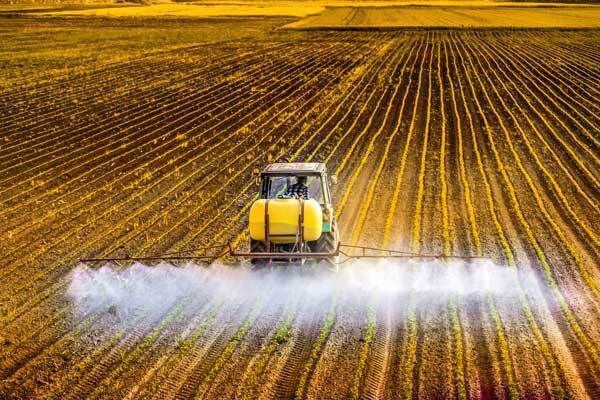
While pesticides are designed to be toxic to certain organisms, they can often be harmful and kill other species in the marine system that are important for the entire ecosystem.